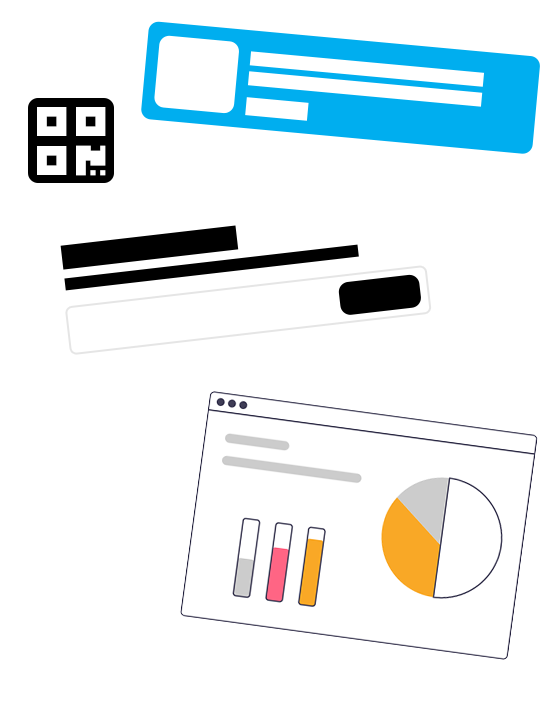
Intuitive, Secure
& Dynamic
Boost your campaigns by creating dynamic Links, QR codes and Bio Pages and get instant analytics.
Your link has been successfully shortened. Want to more customization options?
Get started

Boost your campaigns by creating dynamic Links, QR codes and Bio Pages and get instant analytics.
Your link has been successfully shortened. Want to more customization options?
Get started
A short link is a powerful marketing tool when you use it carefully. It is not just a link but a medium between your customer and their destination. A short link allows you to collect so much data about your customers and their behaviors.
Intuitive and trackable links
Customizable and secure QR codes
Simple yet beautiful Bio Pages for your links
 Canada
Canada
 United States of America
United States of America
 United Kingdom
United Kingdom
 Japan
Japan
We provide you with all the tools you need to increase your productivity.
Create a custom landing page to promote your product or service on forefront and engage the user in your marketing campaign.
Use our overlay tool to display unobtrusive notifications, polls or even a contact on the target website. Great for campaigns.
Add your custom pixel from providers such as Facebook and track events right when they are happening.
Easily apply restrictions to your links and target users in specific countries & languages using specific devices.
Track users with our advanced reporting tool and know exactly which city & country your users are based.
Invite your team members and assign them specific privileges to manage everything and collaborate together.
Easily add your own domain name for short links and take control of your brand name and your users' trust.
Group and organize your Links, Bio Pages and QR Codes. With Campaigns, you can also get aggregated stats.
Use our powerful API to build custom applications or extend your own application with our powerful tools.



Understanding your users and customers will help you increase your conversion. Our system allows you to track everything. Whether it is the amount of clicks, the country or the referrer, the data is there for you to analyze it.
Get StartedInvite your teammates within seconds and work together as team to manage your Links, Bio Pages and QR codes. Team members can can be assigned specific privileges and can work on different workspaces.
Get StartedSlack
Zapier
Google Tag Manager
WordPress
Shortcuts
Snapchat
Connect your links to third-party applications so they can share information such as traffic and analytics.
Get StartedBing
Google Analytics
Quora
TikTok
Adroll
Add your custom pixel from providers such as Facebook & Google Tag Manager and track events right when they are happening.
Get notified when users use your links via various channels such Slack and webhook services like Zapier.
You are one step from winning control from 633slot all of your funs, and instantly get richer from results.